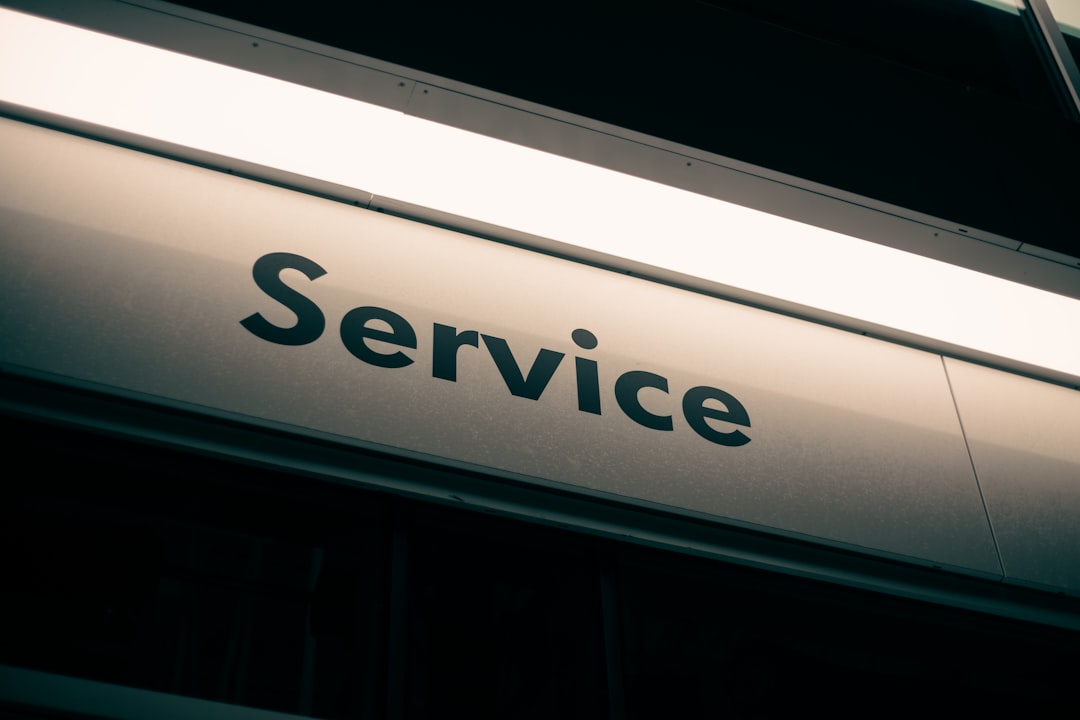
When it comes to showcasing your jewelry collection, presentation is everything. A beautiful velvet display box can elevate the overall aesthetic of your jewelry and make it stand out. But with so many options available, choosing the right one can be overwhelming. In this article, we’ll explore the importance of velvet display boxes, the different types available, and provide tips on how to choose the perfect one for your jewelry collection.
The Importance of Velvet Display Boxes
Velvet display boxes are not just a stylish way to store your jewelry, but they also serve a practical purpose. They help to protect your jewelry from scratches, dings, and damage caused by exposure to air and light. Velvet is a soft, luxurious material that gently cradles your jewelry, preventing it from coming into contact with harsh surfaces or other pieces that could cause damage. This is especially important for delicate or fragile pieces that require special care.
Types of Velvet Display Boxes
There are several types of velvet display boxes available, each with its own unique characteristics and benefits. Here are a few of the most popular options:
1. Rectangular Velvet Display Boxes: These are the most common type of velvet display box and are ideal for storing long, thin pieces of jewelry such as necklaces and earrings. They typically have a flat top and a hinged lid that opens to reveal a soft, velvet-lined interior.
2. Round Velvet Display Boxes: These are perfect for storing smaller, more delicate pieces of jewelry such as rings and pendants. They often have a rounded shape and a domed lid that allows you to view your jewelry from the top.
3. Velvet Jewelry Trays: These are flat, rectangular trays with individual compartments that are perfect for storing small pieces of jewelry such as earrings, rings, and pendants. They are often made of velvet and have a hinged lid that opens to reveal the compartments.
4. Velvet Jewelry Cases: These are larger, rectangular cases that are designed to store entire jewelry collections. They often have multiple compartments and dividers that allow you to organize your jewelry by type, color, or style.
Choosing the Perfect Velvet Display Box
When choosing a velvet display box, there are several factors to consider. Here are a few tips to help you make the right decision:
1. Consider the Size: Make sure the display box is large enough to hold all of your jewelry, but not so large that it becomes cumbersome or difficult to store.
2. Think About the Shape: Choose a display box that is shaped to fit your jewelry collection. For example, if you have a lot of long, thin pieces, a rectangular display box may be the best choice.
3. Consider the Material: Velvet is a luxurious material that is soft and gentle on your jewelry. However, it may not be the best choice for pieces that are particularly delicate or fragile. In this case, a display box made of a different material such as satin or silk may be a better option.
4. Think About the Closure: A hinged lid is a great feature to look for in a velvet display box. It allows you to easily open and close the box, and prevents your jewelry from getting lost or damaged.
5. Consider the Price: Velvet display boxes can range in price from a few dollars to several hundred dollars. Set a budget and look for a display box that meets your needs and fits within your budget.
Tips for Using Your Velvet Display Box
Once you’ve chosen the perfect velvet display box, here are a few tips for using it effectively:
1. Store Your Jewelry Properly: Make sure to store your jewelry in the display box in a way that prevents it from getting tangled or damaged. For example, you can store necklaces in a way that prevents them from getting knotted.
2. Keep it Clean: Regularly clean your velvet display box to prevent dirt and dust from accumulating. You can use a soft cloth and a gentle cleaning solution to remove any stains or spills.
3. Display Your Jewelry: Don’t be afraid to display your jewelry in your velvet display box. It’s a great way to showcase your collection and add a touch of elegance to any room.
4. Store it Safely: Make sure to store your velvet display box in a safe and secure location, such as a closet or drawer. This will prevent it from getting lost, damaged, or stolen.
Conclusion
A velvet display box is a must-have for any jewelry collector. Not only does it provide a stylish way to store your jewelry, but it also helps to protect it from damage and wear. By choosing the right type of display box and following a few simple tips, you can ensure that your jewelry collection remains safe, organized, and beautiful for years to come.
 Stay Cool and Comfortable: Why Choosing the Right O General AC Matters
Stay Cool and Comfortable: Why Choosing the Right O General AC Matters
 Drilling Down to the Heart of Pecos County’s Water Well Needs
Drilling Down to the Heart of Pecos County’s Water Well Needs